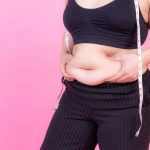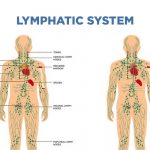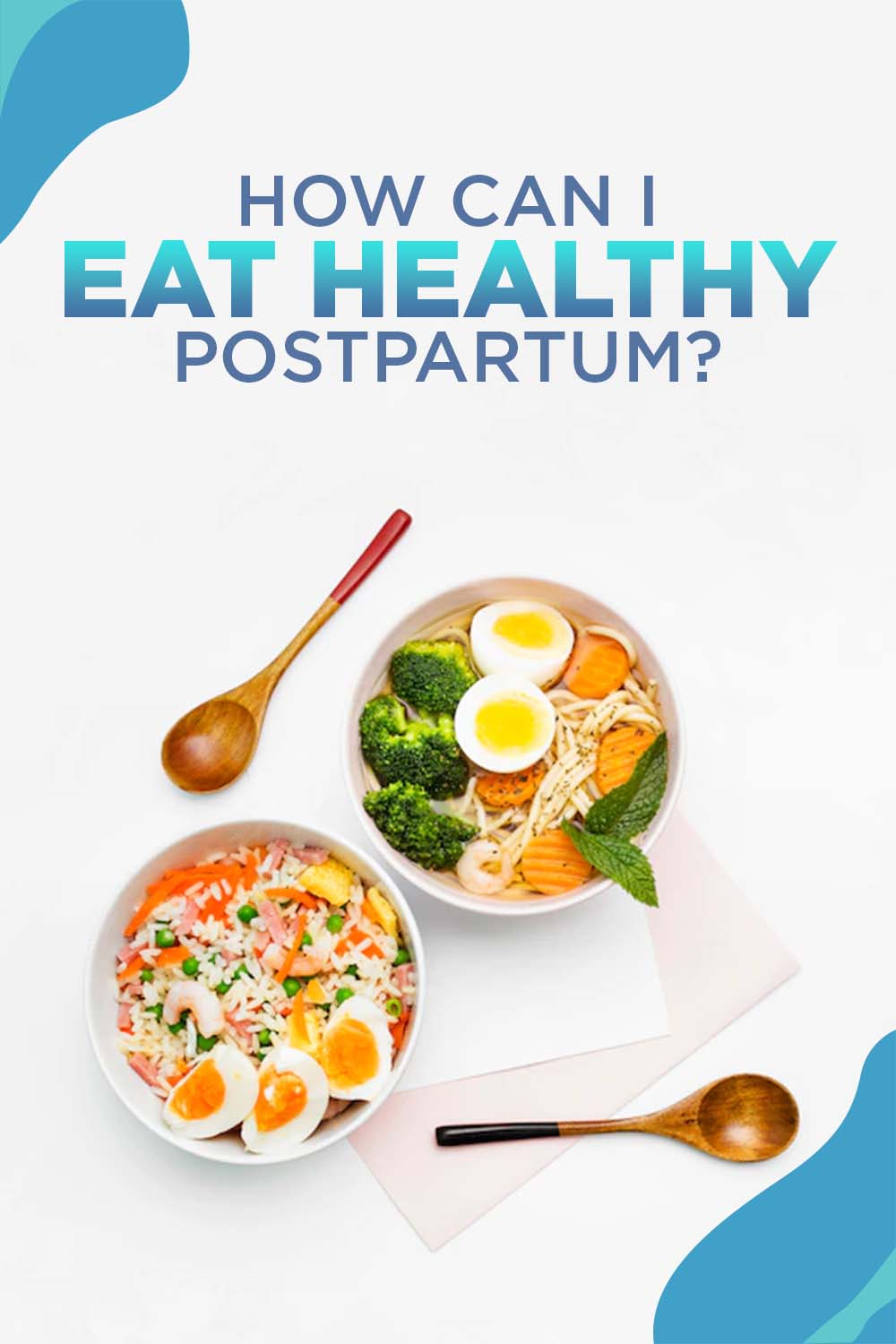Postpartum Diet: What to Eat After Giving Birth

It goes without saying that the food we eat fuels our daily activities, which is especially crucial when those everyday activities involve caring for a newborn and breastfeeding.
However, for many new mothers, the desire to shed baby weight may take precedence over fueling their bodies with the correct nutrients to support recovery, milk production, rest, and all the other chores that must be completed during the day.
Significantly cutting overall carbohydrate intake, which is many women’s go-to weight loss technique, is not your greatest postpartum diet. Carbohydrates are essential for new mothers, not just for breast milk production, but also for mental wellness, hormone balance, and other reasons.
The good news is that it is feasible to gradually lose a few pounds (if that is your aim!) while still eating enough calories to meet the physical and mental demands of caring for your child. The trick is to be patient, eat well-balanced meals, and allow yourself enough time.
What is the best food for postpartum?
A postpartum diet does not appear to be very different from a regular healthy eating regimen. Fill up on the following foods, and you’ll likely obtain the majority of the vitamins and minerals your body requires.
- Leafy greens, bell peppers, broccoli, avocados, carrots, kale, sweet potatoes, tomatoes, celery, cabbage, and carrots are all examples of vegetables.
- Citrus fruits, berries, mangos, melon, apples, and bananas.
- Oatmeal, quinoa, brown rice, and whole wheat bread are examples of whole grains.
- Fish, chicken, tofu, beans, seeds, almonds, lentils, edamame, and lean beef are all examples of lean or low-fat protein.
- Dairy products with low or no fat, such as yogurt, milk, cheese, and eggs.
What foods should I avoid postpartum?
Junk Food and Processed Food
Avoid junk food and quick food if you’re concerned about losing weight after pregnancy. Your goal after pregnancy should be to focus on nutritional and healthy foods. Junk food can induce weight gain and make it even more difficult to reduce the weight gained during pregnancy.
Junk and processed foods are high in calories, fat, sugar, and salt, but poor in nutrients such as vitamins, minerals, and fiber. As much as possible, eat fresh, healthful prepared meals rather than items from a can or packet. Choose a low-calorie healthy snack high in protein, fiber, and healthy fats instead of cookies or chips. Fruit, nuts, roasted seeds, or even yogurt are all healthy options.
Soft Drinks
Soft drinks and canned colas are high in sugar and empty calories. Aside from the surge of energy you receive after eating one, they provide little nutrients to you or your baby. However, keep in mind that this energy boost is fleeting, and you may end up feeling more tired as your body burns through the sugar. It will also add extra calories that have no nutritional benefit and may lead to weight gain or make weight loss more difficult.
Coffee and Tea
First and foremost, the good news. You don’t have to give up coffee or tea totally following the delivery. While some caffeine may transfer from mother to infant while breastfeeding, this is only relevant for extremely high caffeine intake.
So a cup or two each day should be sufficient. Caffeine may accumulate in the baby’s body and expose them to caffeine stimulation, which can make them fussy, irritated, and unable to sleep properly if eaten in larger quantities.
What should I eat to lose weight after pregnancy?
Since your body requires rest and nutrients to heal from birth, fend off illness, and feed your baby, you shouldn’t diet until your kid is at least 6 weeks old or older.
After getting your doctor’s OK to start a postpartum diet, be sure you’re eating enough calories. If you’re breastfeeding and don’t eat enough calories, your body produces less milk, meaning you’re hungry, developing baby diets with you.
Too much fat loss (more than 1.5 pounds per week) might induce toxins in breast milk and water and lean tissue loss. Too few calories can make you feel hungry even if you’re not nursing. Confusion might slow your metabolism, making it difficult to lose weight.
If you’re nursing, your calorie demands are higher in the first six months after delivery than in the third trimester. Your doctor can tell you how many calories to eat based on your BMI and activity level before pregnancy. The average woman needs 2,000 calories a day, and lactating mothers should add 400 to 500.
To lose a pound, you need to eat 3,500 less calories each week, or 500 fewer calories per day, by eating less or moving more. The average breastfeeding woman would need to eat 2,000 calories per day to drop a pound per week.
Whether you’re breastfeeding or not, the same healthy eating guidelines apply to weight loss: Limit empty-calorie snacks by eating healthful, nutrient-dense foods.
Whole body vibrations effects on pelvic floor dysfunction, particularly stress urine incontinence, have been studied. Results include better pelvic floor muscle activation, strength, and urine incontinence symptoms. As postpartum incontinence is prevalent, non-pharmacological treatments should be considered.
Whole body vibration is not a replacement for prescription therapy, but it can be used with others, such as pelvic floor muscle exercise. Continued WBV home exercise can boost pelvic floor training and allow the user to graduate to a comprehensive exercise program.
Other positions are useful for targeting the abdominals, back muscles, and pelvic floor besides standing on a WBV platform. Sitting on the platform targets the abdominals and spine, inducing pelvic floor contractions.
The user may additionally conduct pelvic retraining activities as recommended by their healthcare physician, as vigorous contractions will add to those produced by the vibration stimuli. Lying down and stroking the lower legs (calf muscles) increases lymphatic drainage. This may reduce leg edema from prolonged sitting or standing.
How can I eat healthy postpartum?
Your muscles go through a lot during delivery and recuperation, therefore it’s critical that you assist this healing by eating enough protein. Protein’s Recommended Daily Intake (RDI) for women aged 19-50 is 46g per day, or 0.75g/kg. A lady weighing 70kg, for example, would require 52.5g of protein per day (70×0.75=52.5g). The RDI for breastfeeding is much higher, at 67 g per day (1.1 g/kg) (NHMRC, 2014).
Complex carbs are carbohydrate diets that provide us with more sustained energy by releasing energy more slowly throughout the day. You can increase the duration of this energy by eating complex carbohydrates in addition to protein and/or healthy fats. This also helps to maintain stable blood glucose levels throughout the day and ensures you are eating a diverse range of nutrients.
Use Whole Body Vibration to Lose Weight Postpartum
Diastasis recti, frequent in late pregnancy, is the separation of the rectus abdominis. This causes abdominal weakness and may require medical treatment. Postpartum diet or exercise with this condition must be addressed carefully, thus it’s important to discover the least straining methods. Whole body vibration is a gentle way to workout without stressing the body. As strength and endurance develop, the parameters can be modified for comfort and progressive improvement.
WBV originated in the space program as a technique to mitigate anti-deleterious gravity’s effects on bone and muscle. Since then, WBV research has delivered promising outcomes globally. WBV causes 90% of muscle fibers to contract throughout the body. This means benefits can be achieved in a fraction of the time compared to a typical fitness regimen. Strength, circulation, discomfort, balance, weight, mood, and life quality may improve.
Sources:
https://www.healthline.com/health/postpartum-diet
https://www.whattoexpect.com/first-year/postpartum/postpartum-diet-nutrition-questions-answered/#foods
https://www.mamaxpert.com/blogs/post/food-items-to-avoid-after-pregnancy








